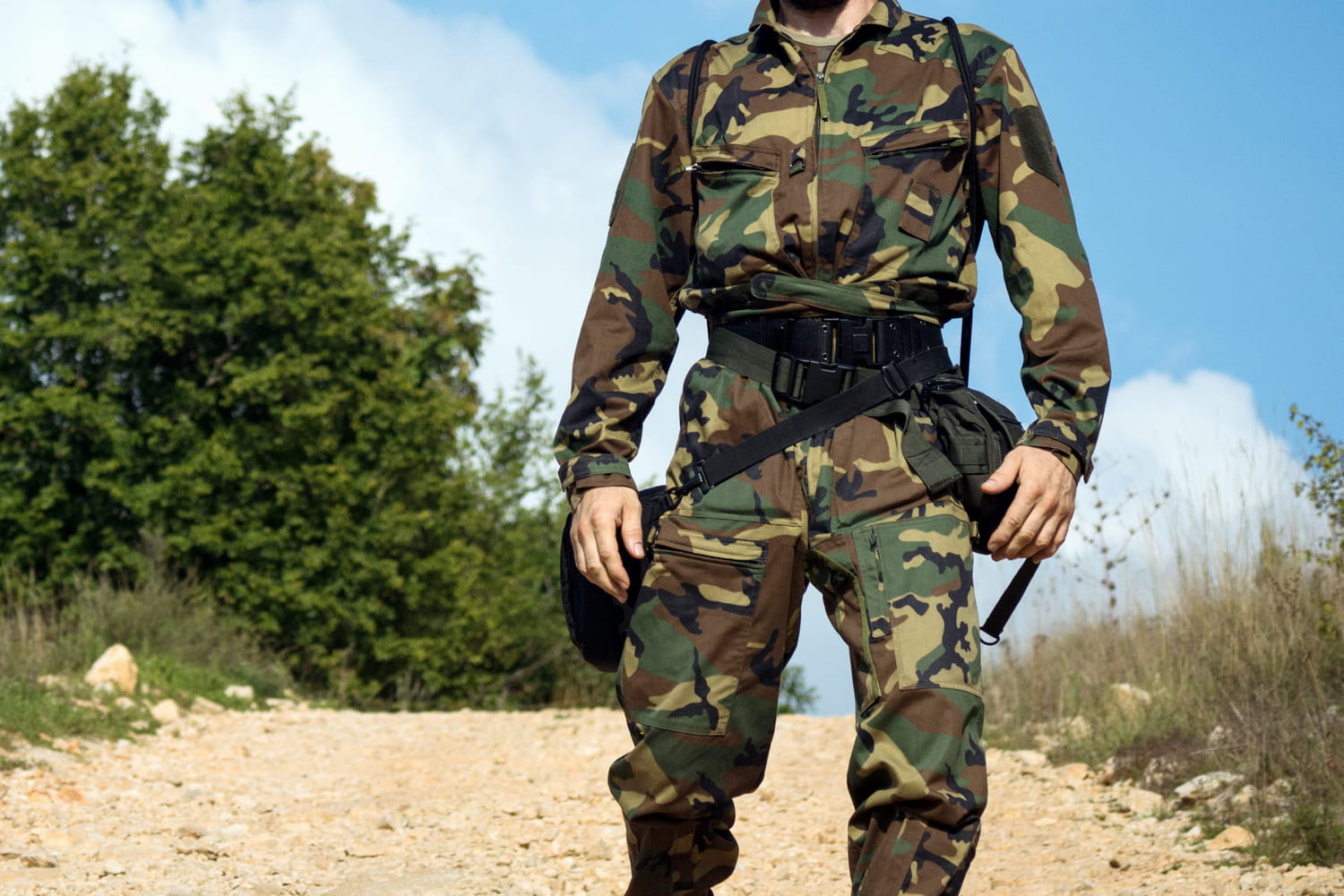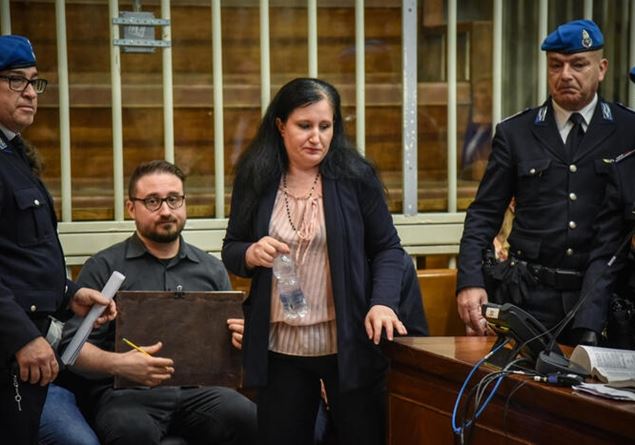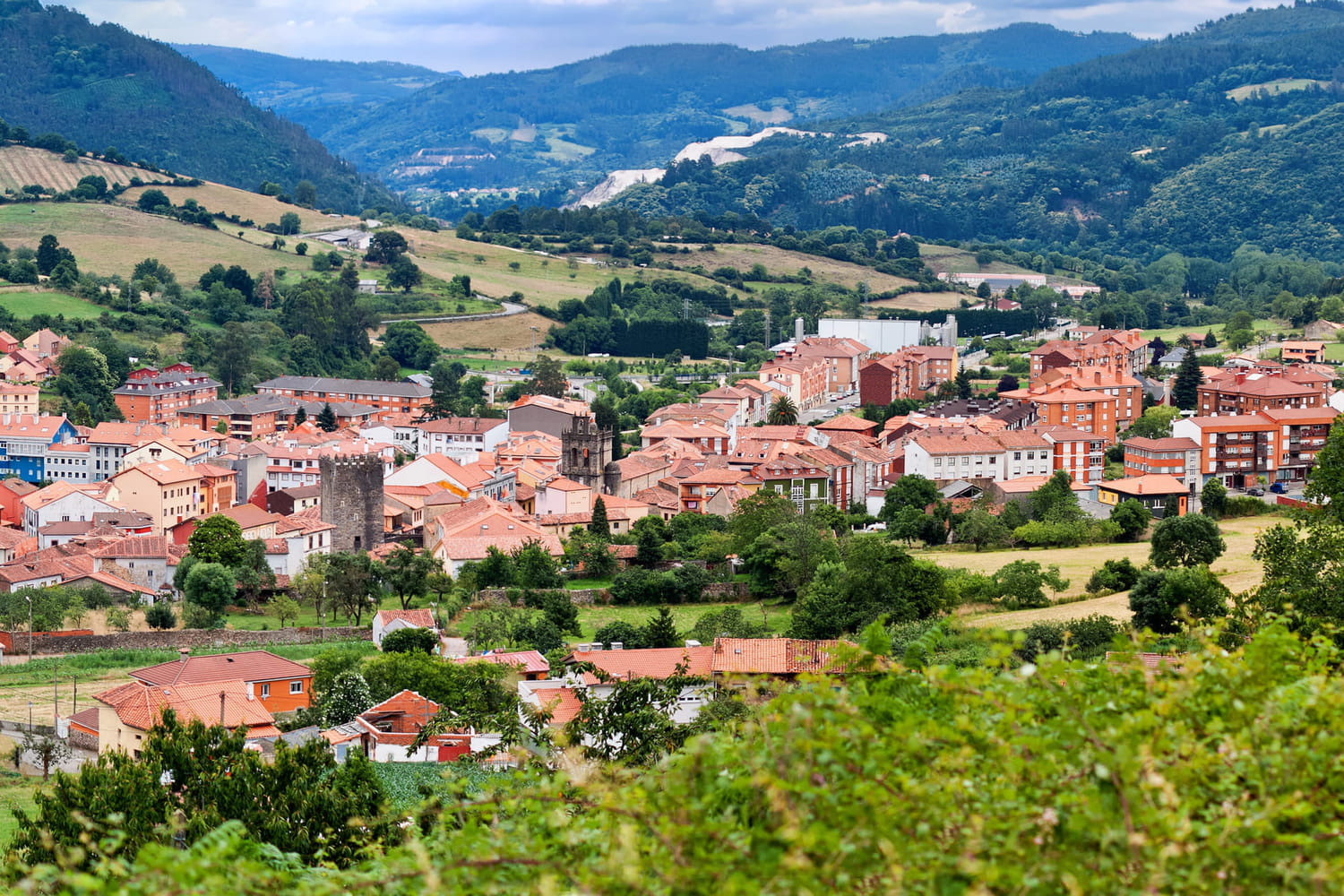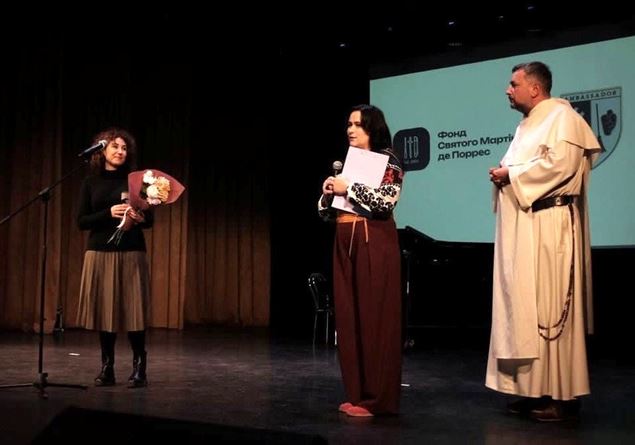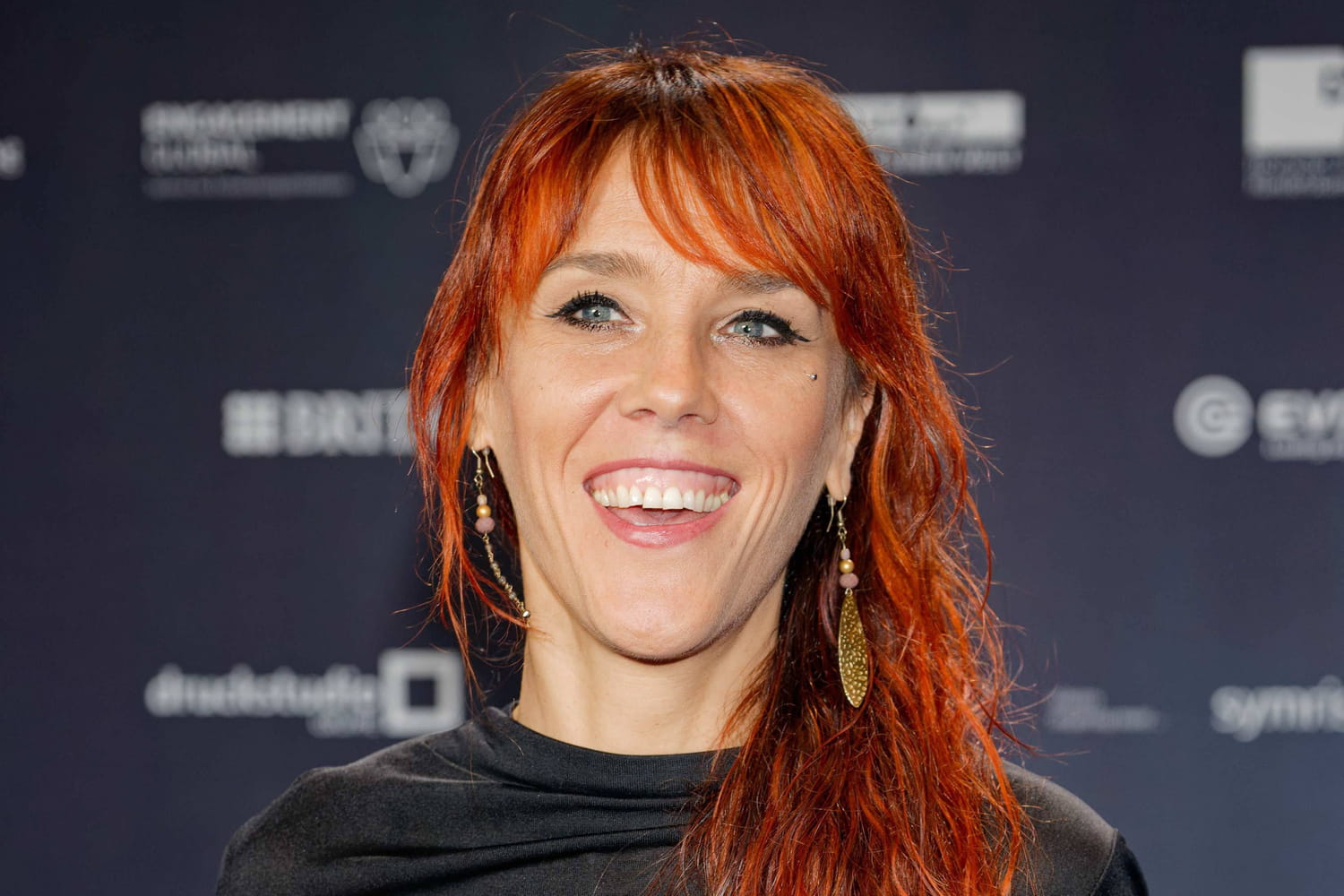He saves lives, but his own is in danger. His blood, more precious than gold, has become essential to modern medicine. However, this animal from the dawn of time could soon disappear.
Some animals seem to come straight from another time. Their shape, their way of life or their abilities defy modern logic. Among them, a sea creature lives discreetly on the coasts of Asia and America. It has survived hundreds of millions of years of evolution, mass extinctions and climate change. Even today, this prehistoric animal continues to fascinate researchers. And above all, he saves human lives, but his life is threatened.
It’s not his appearance that attracts laboratories, but his blood. A blue, precious, almost magical liquid. It contains a substance capable of detecting the presence of bacteria in an instant. As soon as an infectious agent comes into contact with this blood, it freezes. Thanks to this reaction, scientists can check the safety of vaccines, medical implants or infusions before they are placed on the market. Without this test, the slightest contaminant could be fatal and its role was also essential in the manufacture of the Covid vaccine. This shows how vital this blue blood, a liter of which sells for nearly 10,000 euros, is for modern medicine.
This creature is the horseshoe crab, also called “horseshoe crab” or “Moluccan crab”. It is neither a crab nor an insect, but a distant relative of spiders which has no fewer than 10 eyes. She lives in sandy bottoms and comes up to the beaches to lay her eggs. Each year, thousands of specimens are captured for their blood, collected and then partially returned before they are released. But many do not survive this manipulation. Added to this is pollution and the destruction of their coastal habitat, which is causing their population to plummet. In some regions of Asia, the species is even critically endangered.
To protect it, synthetic alternatives to its blood have been developed, particularly in Europe, but their use remains limited. The solution therefore involves reducing harvesting, restoring breeding areas and stricter international regulations. Because this animal, 450 million years old, has survived the ages. It would be tragic if it disappeared today, not because of a natural cataclysm, but because of our own need to bleed it to survive.
